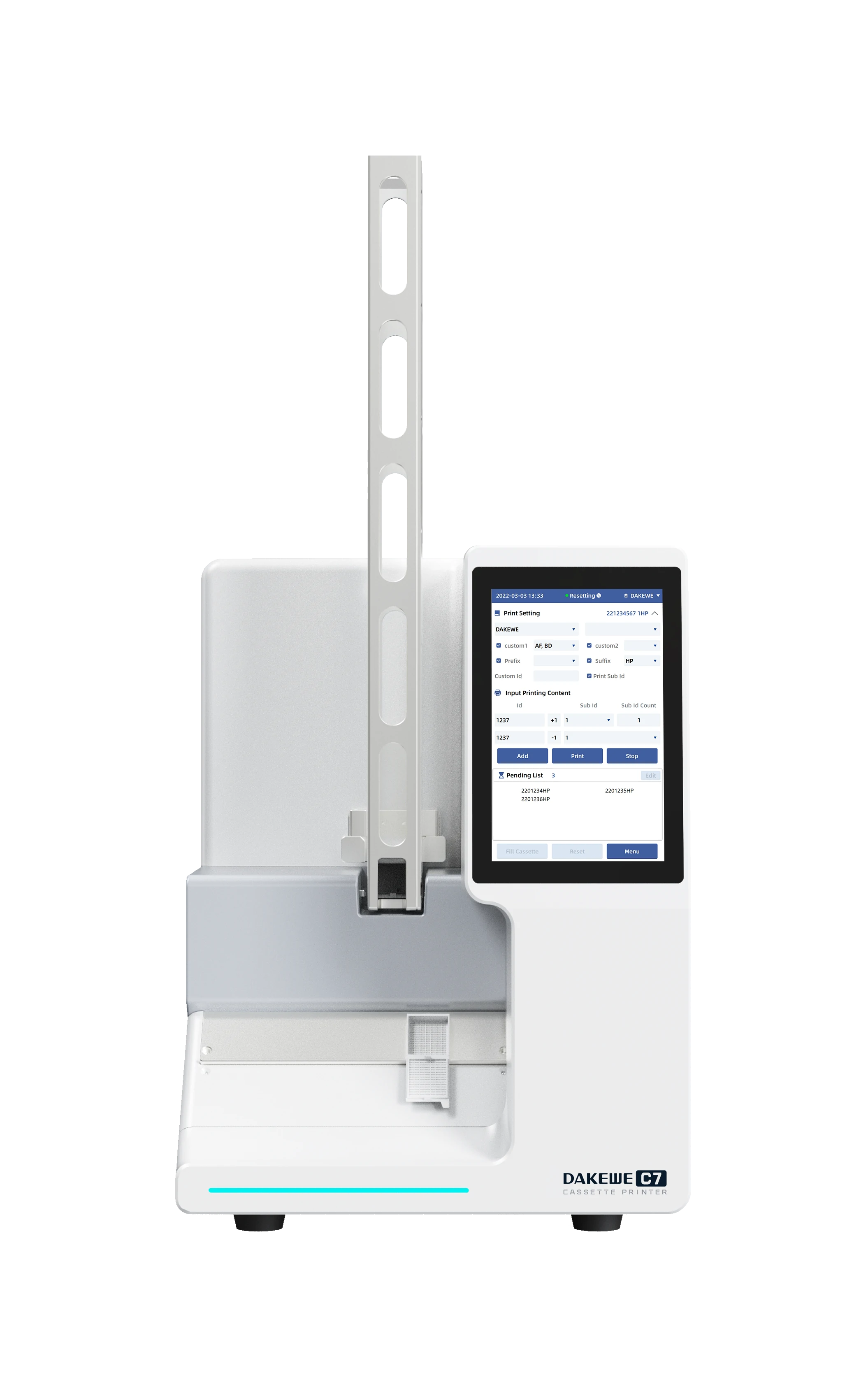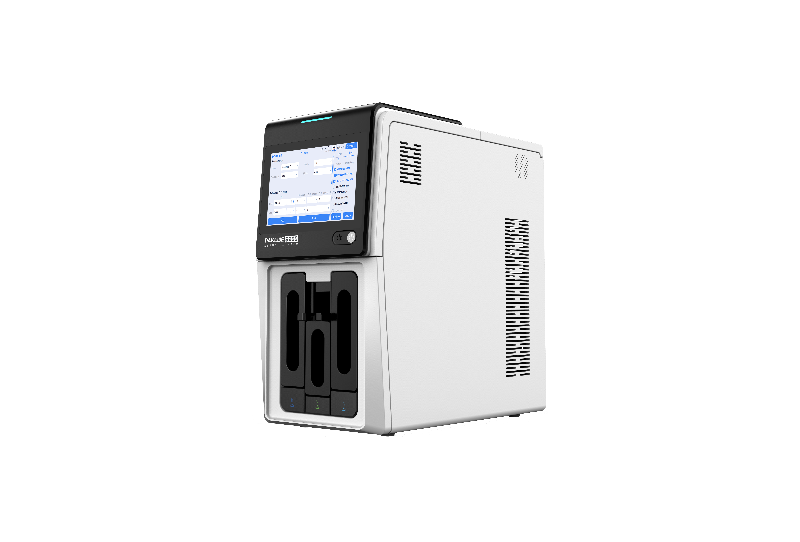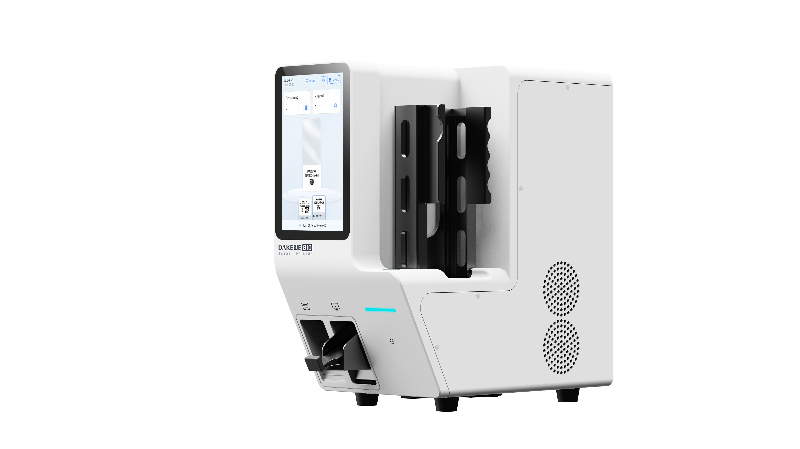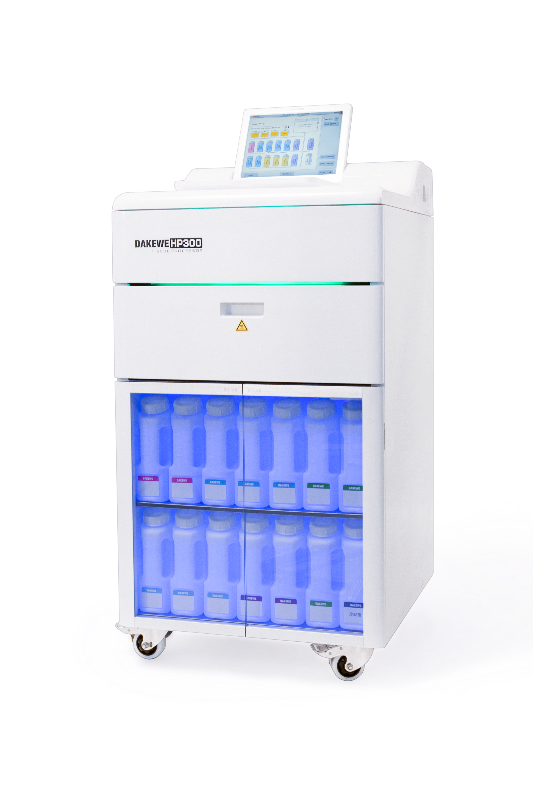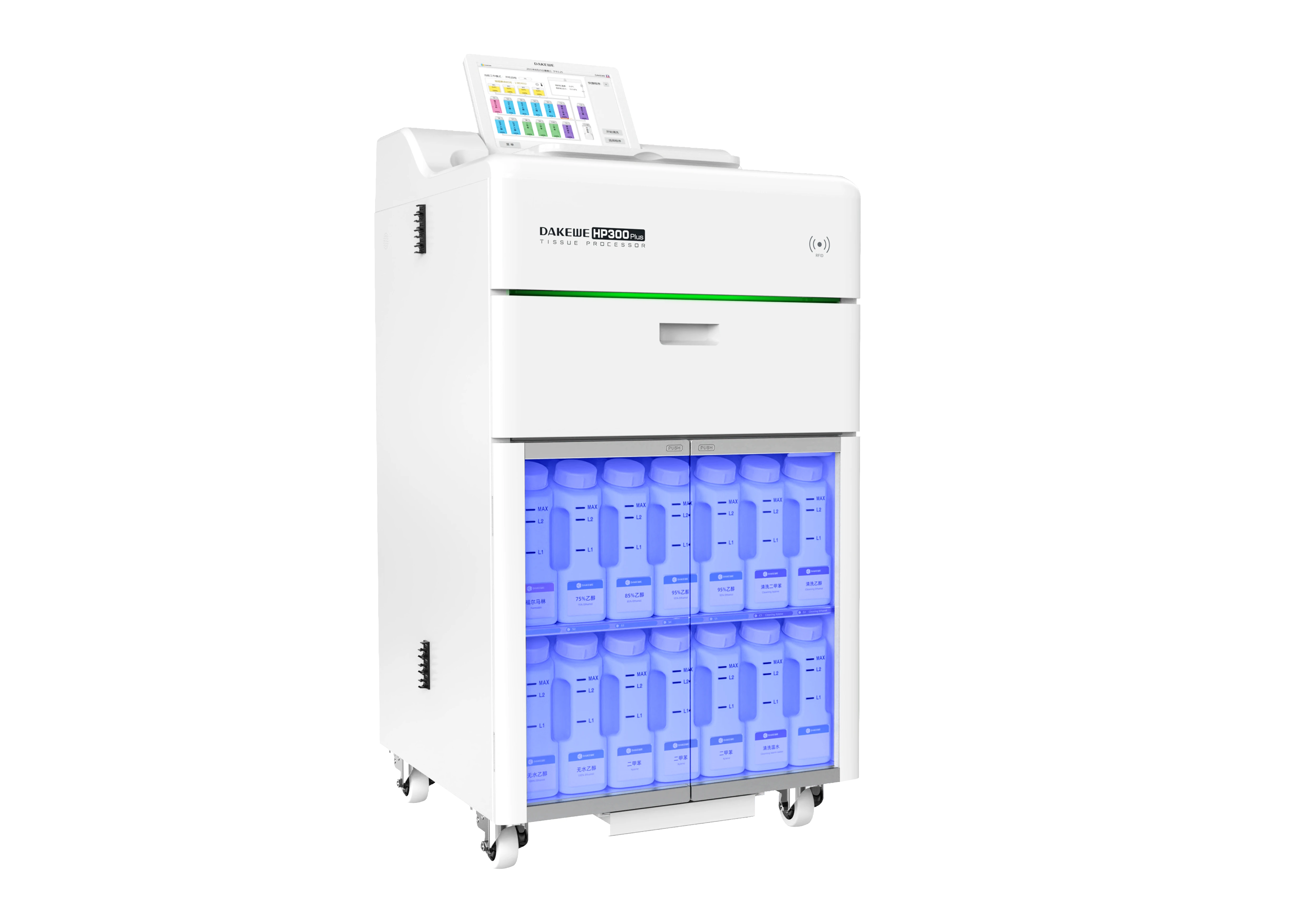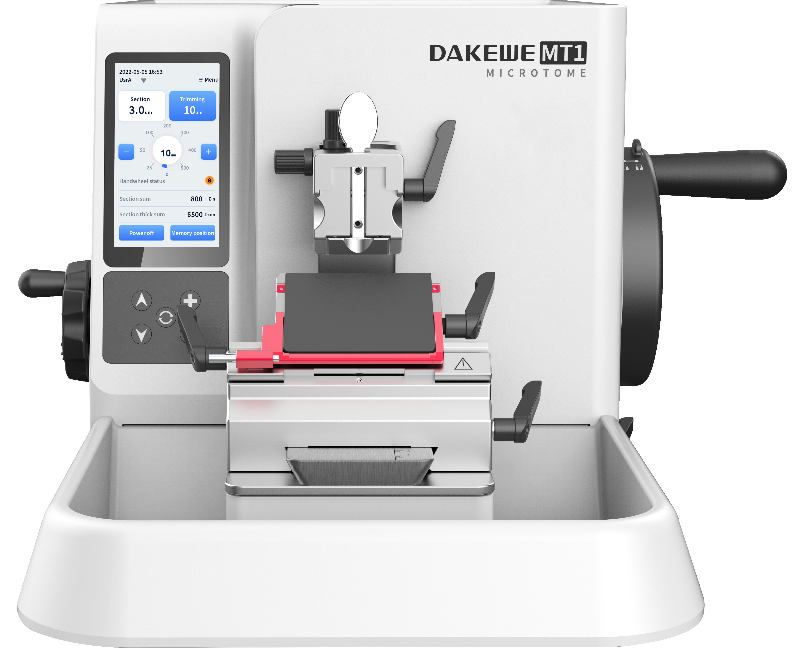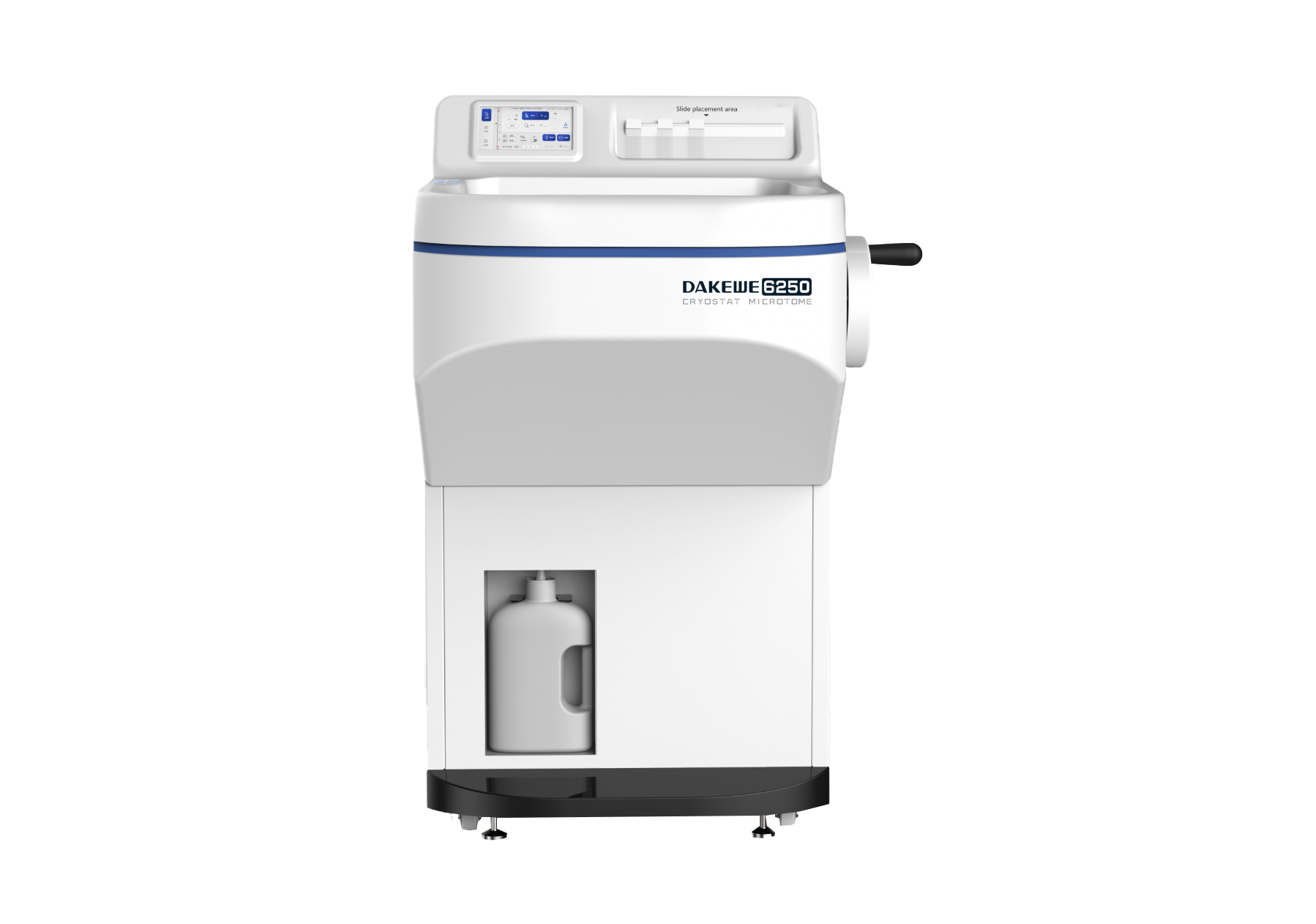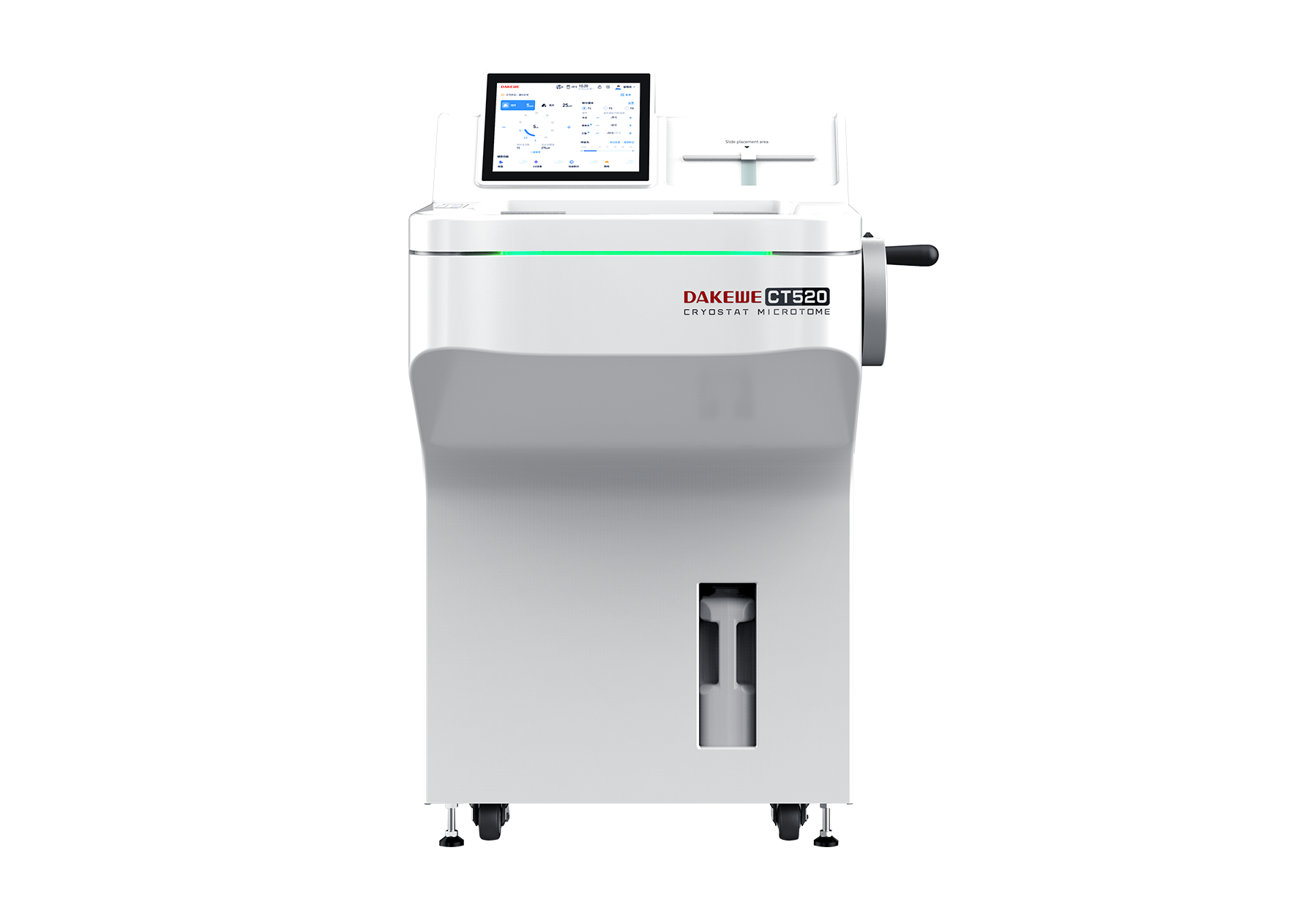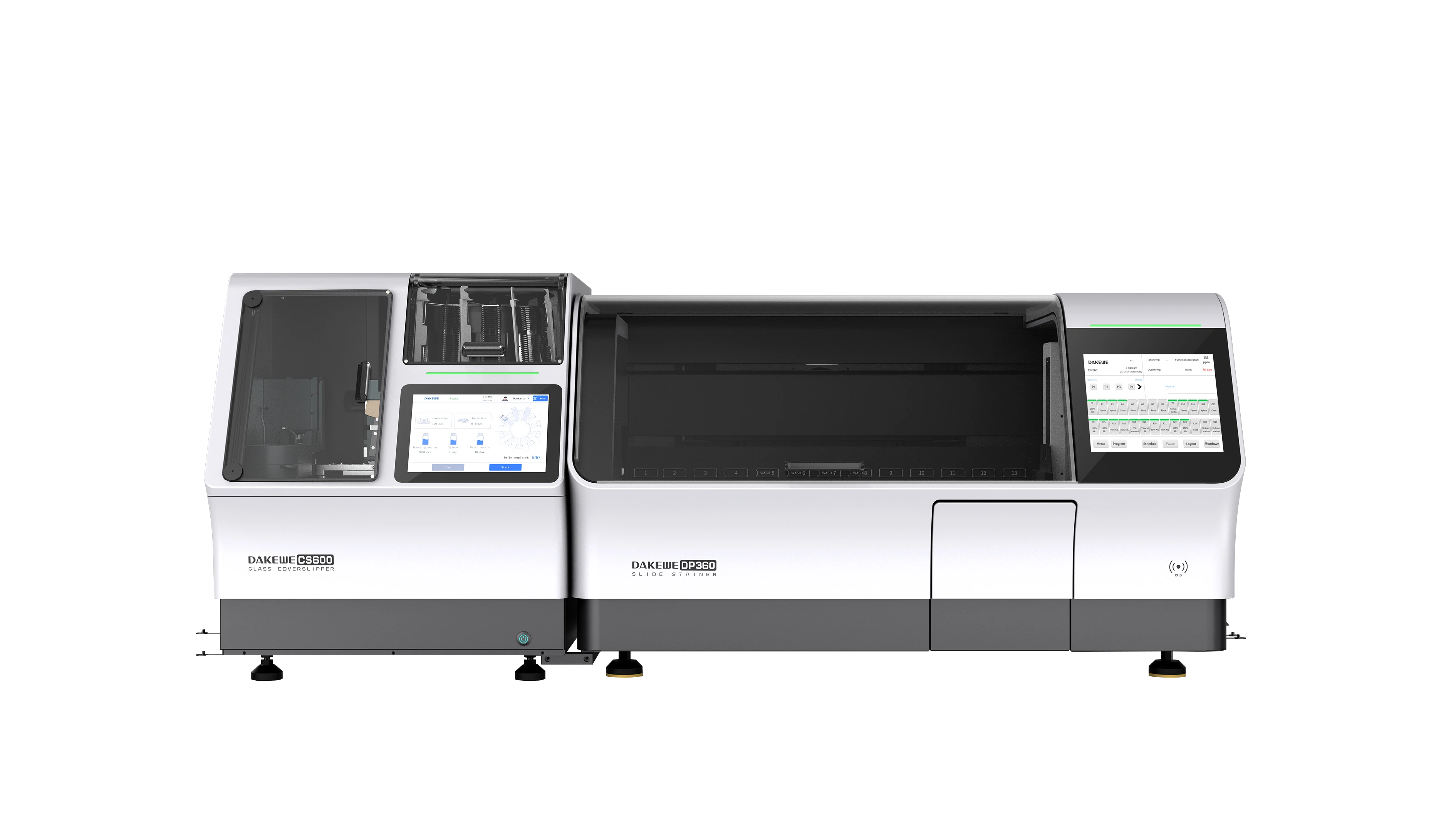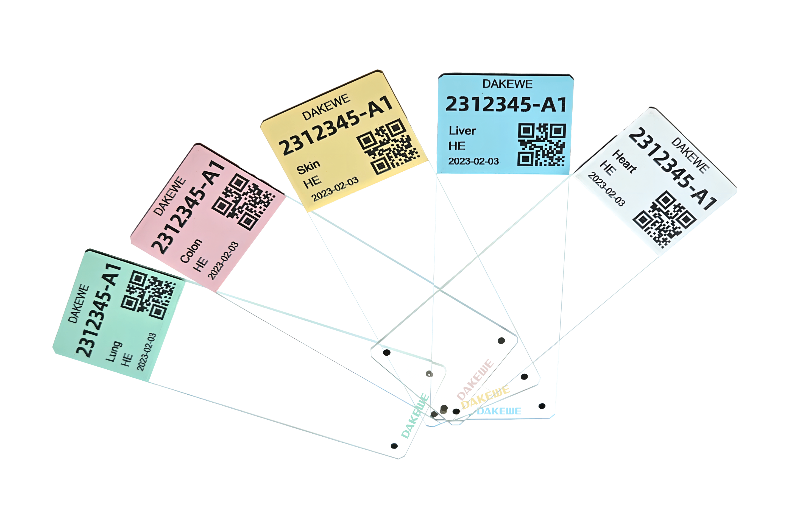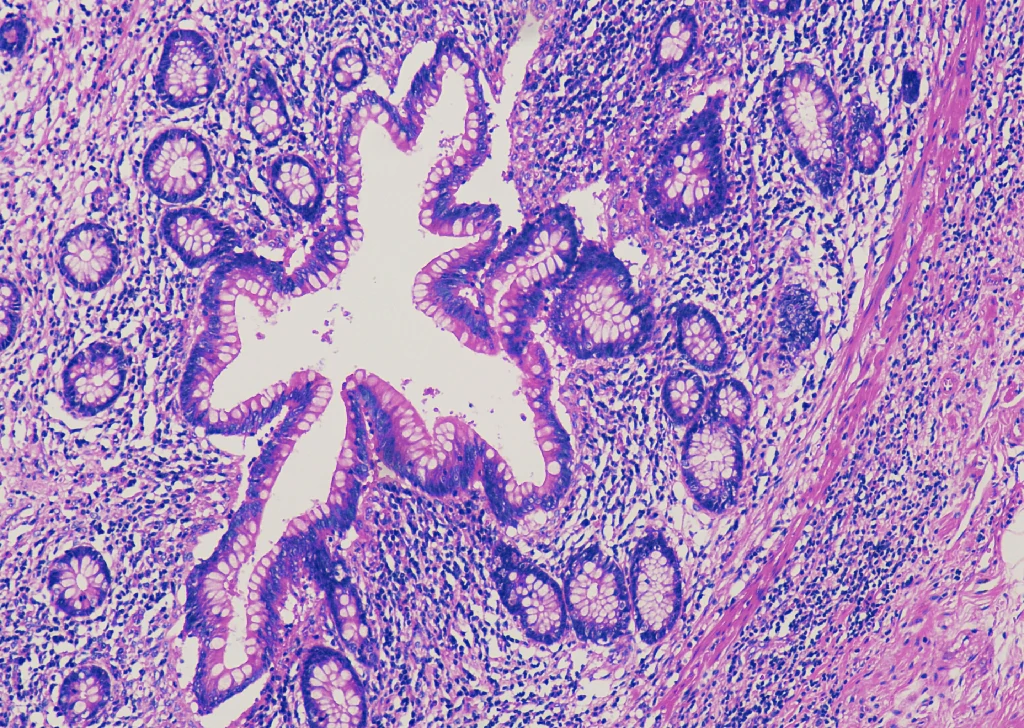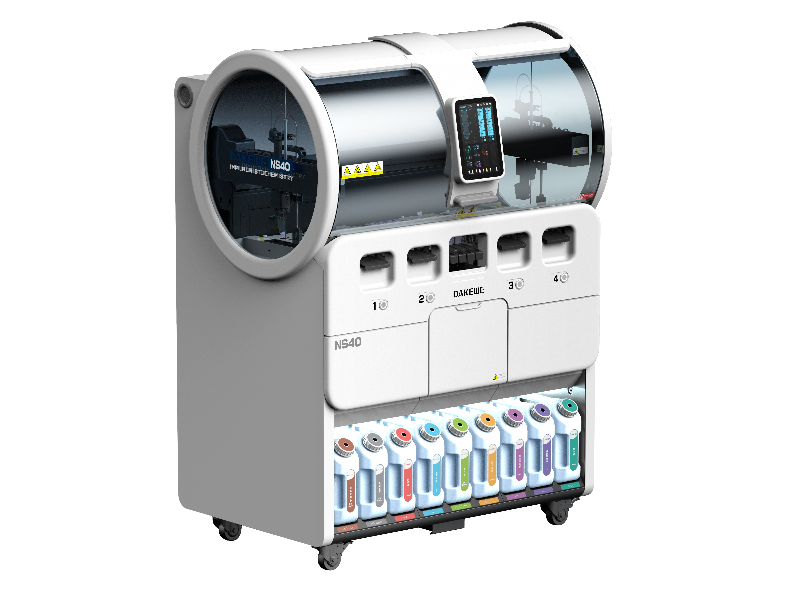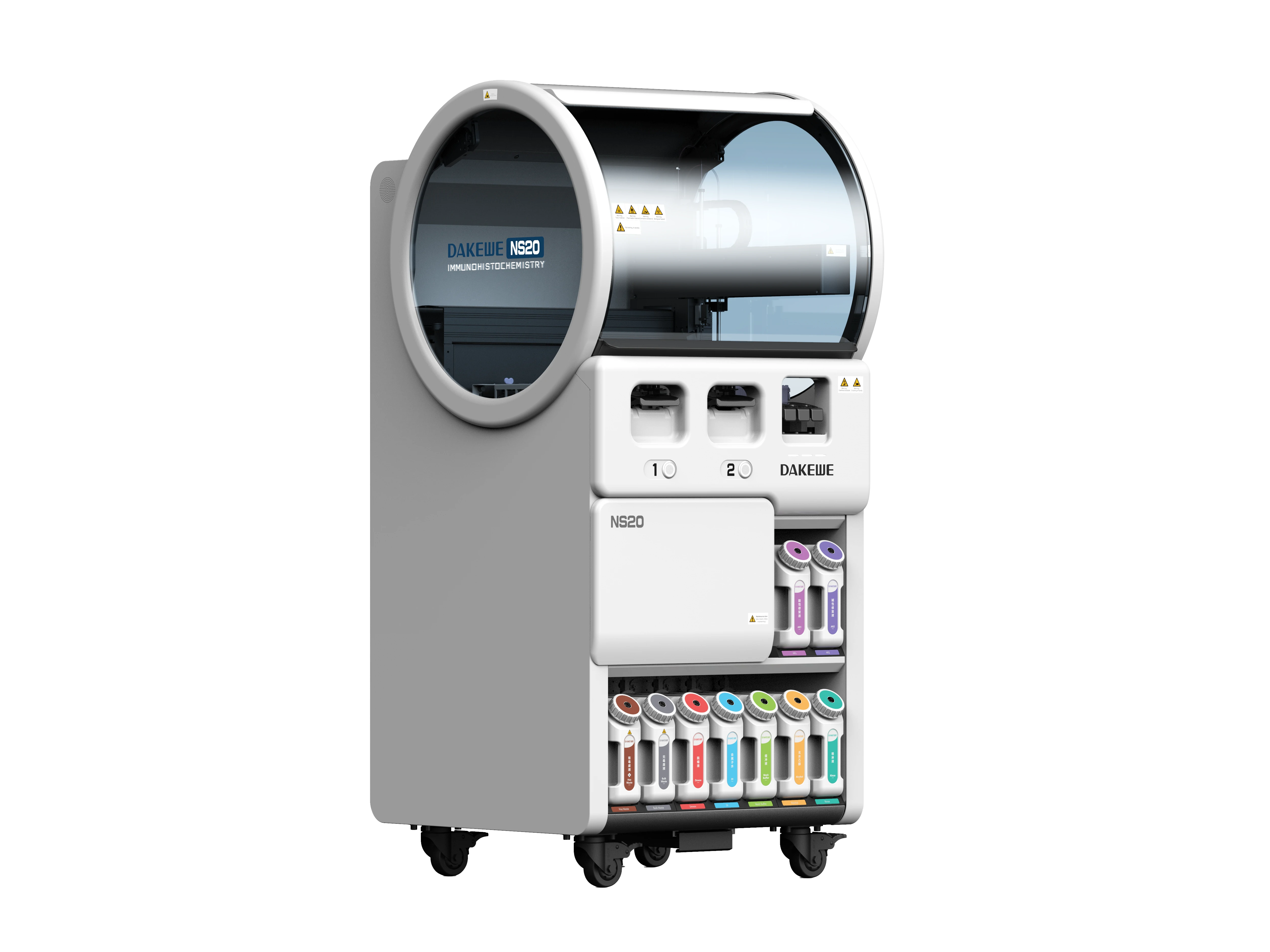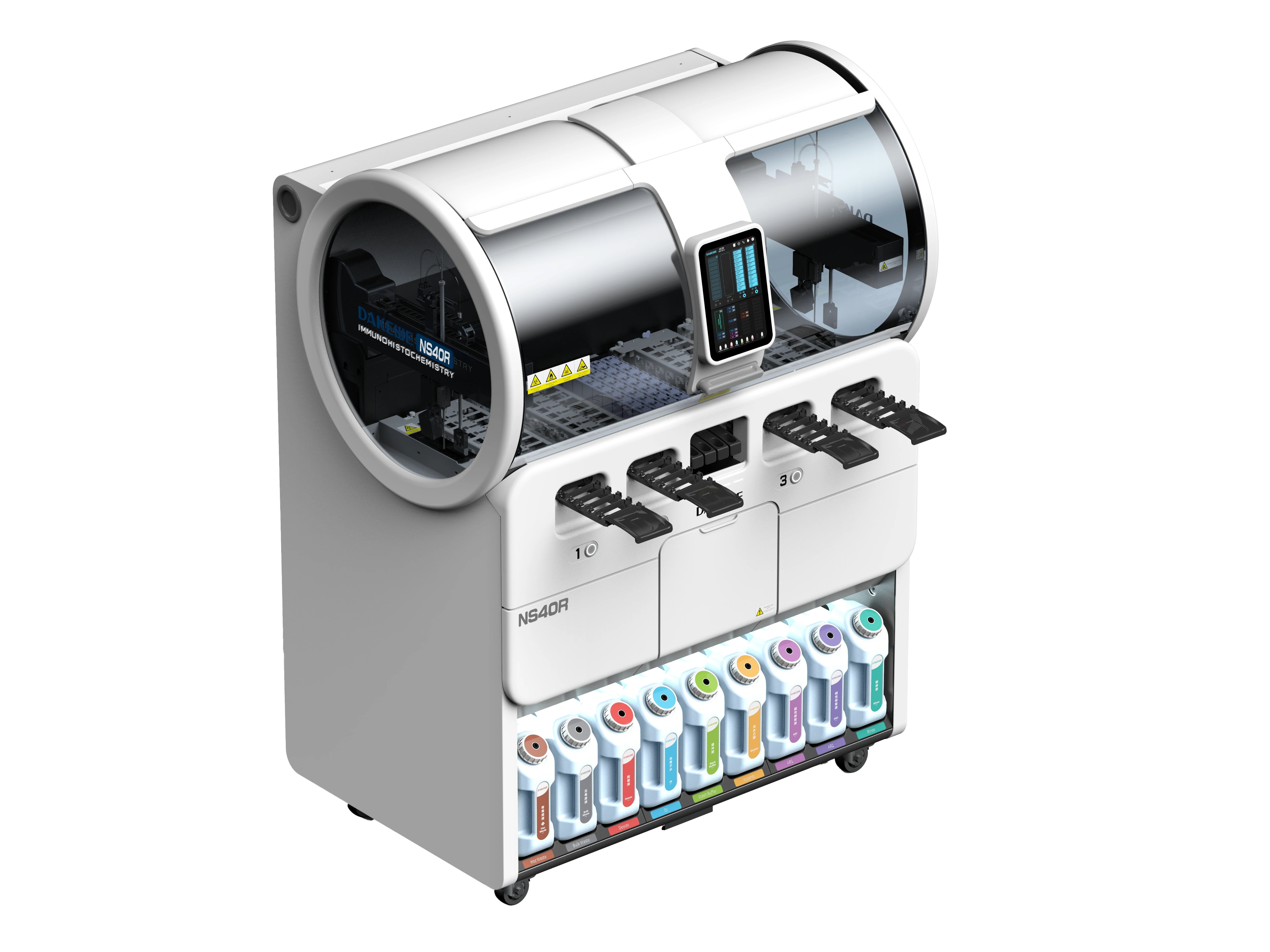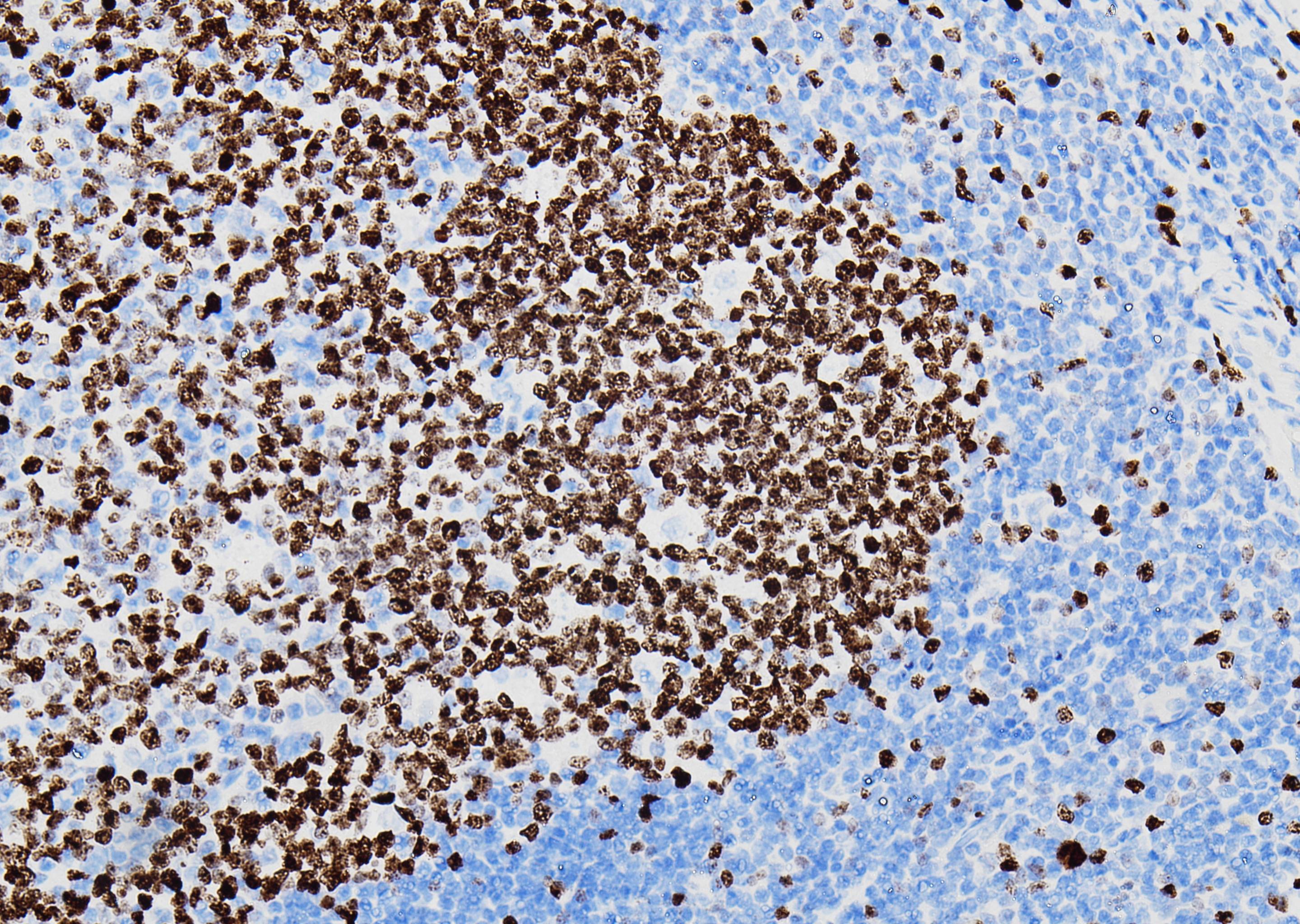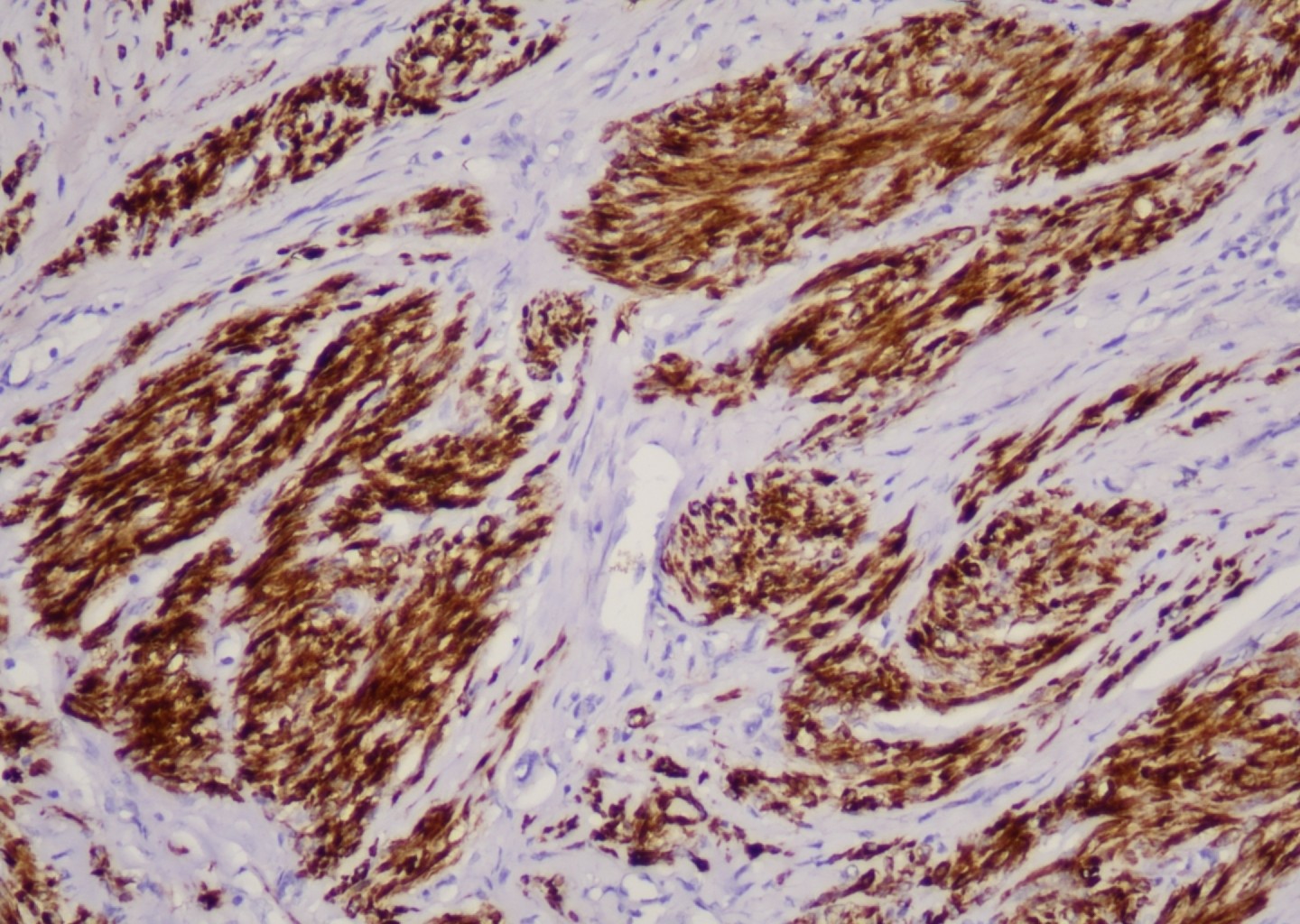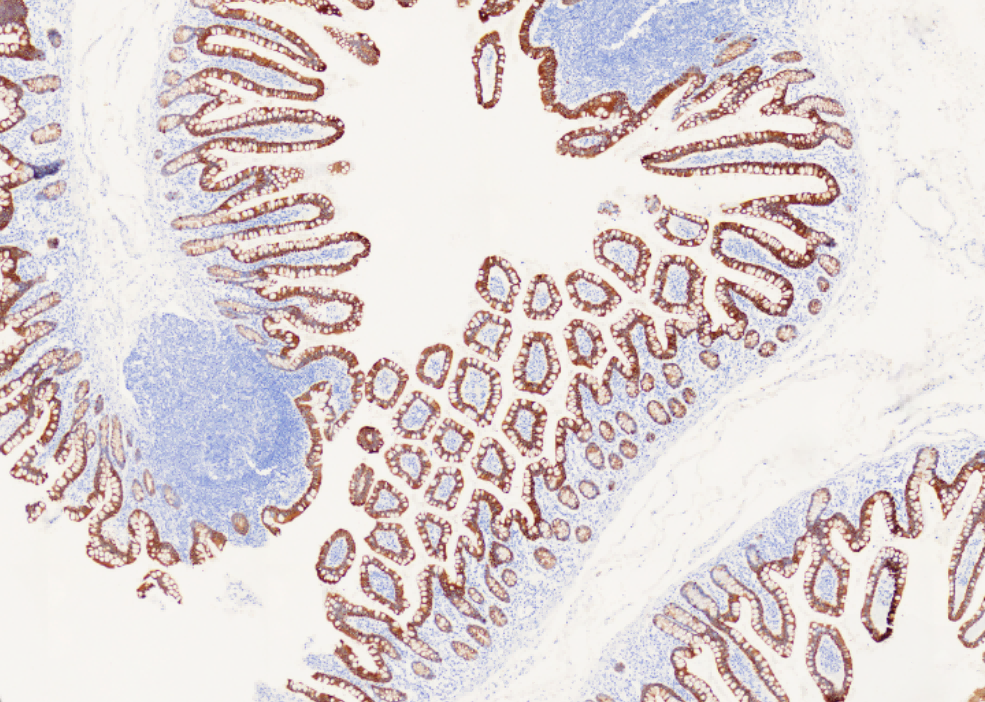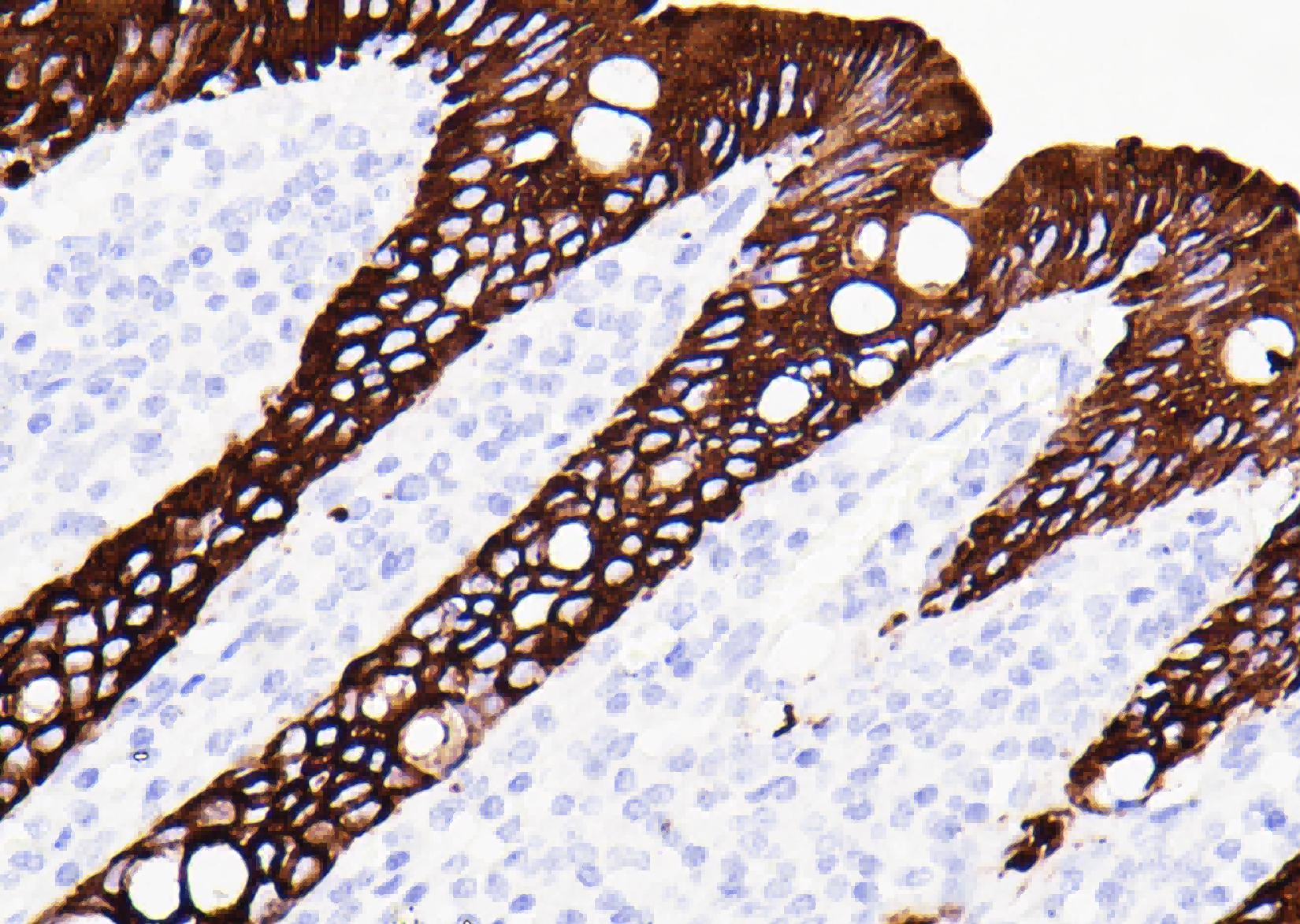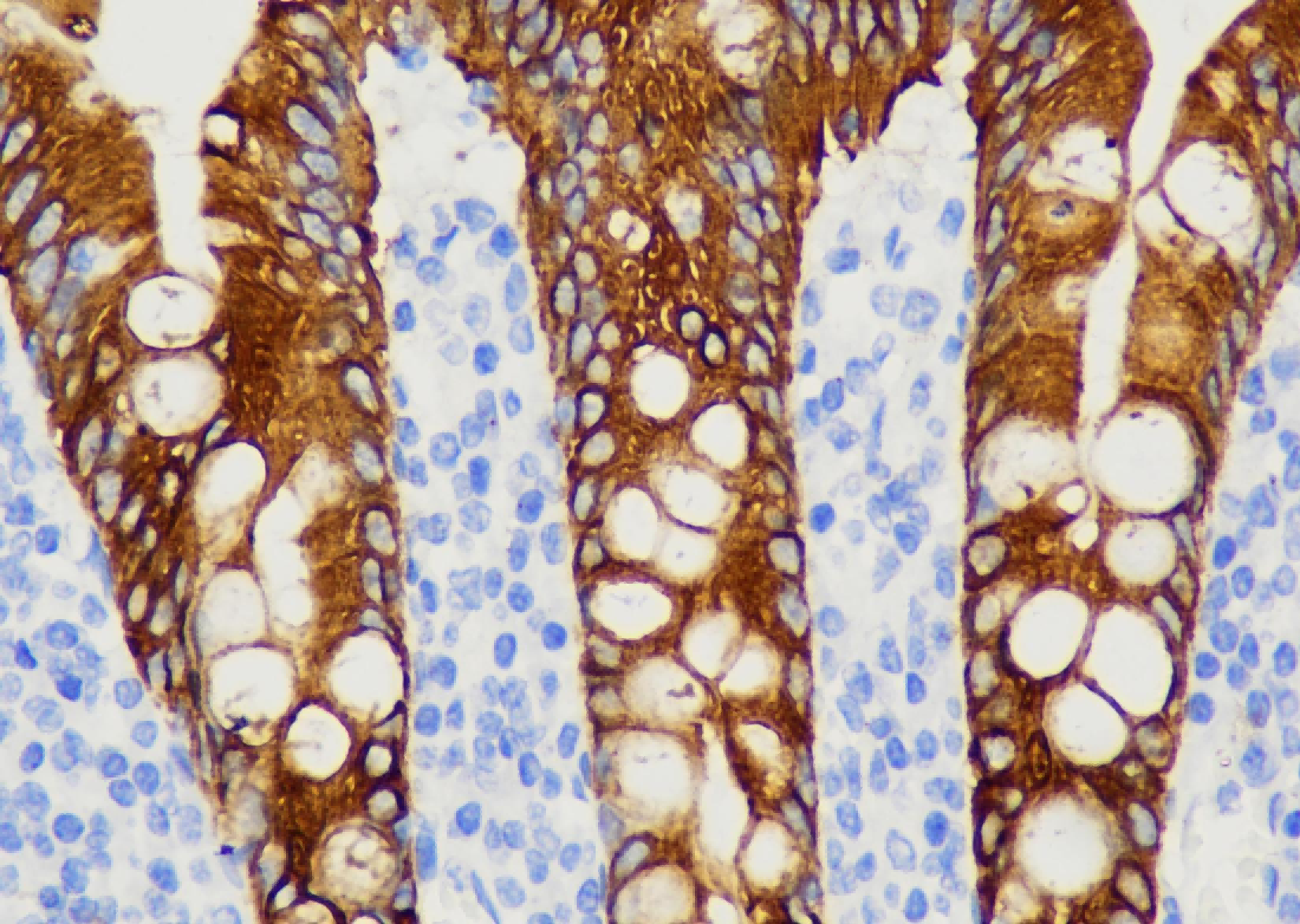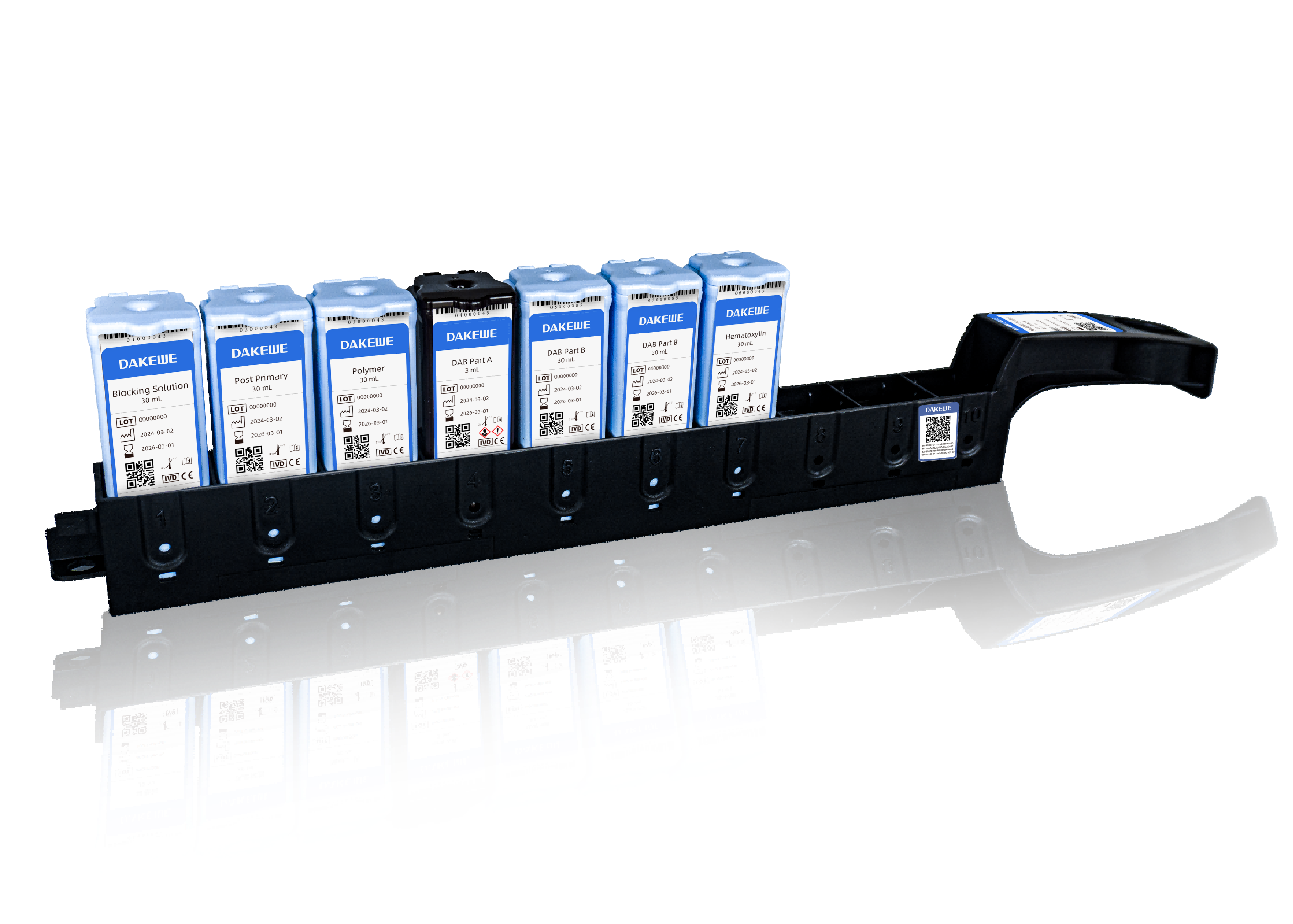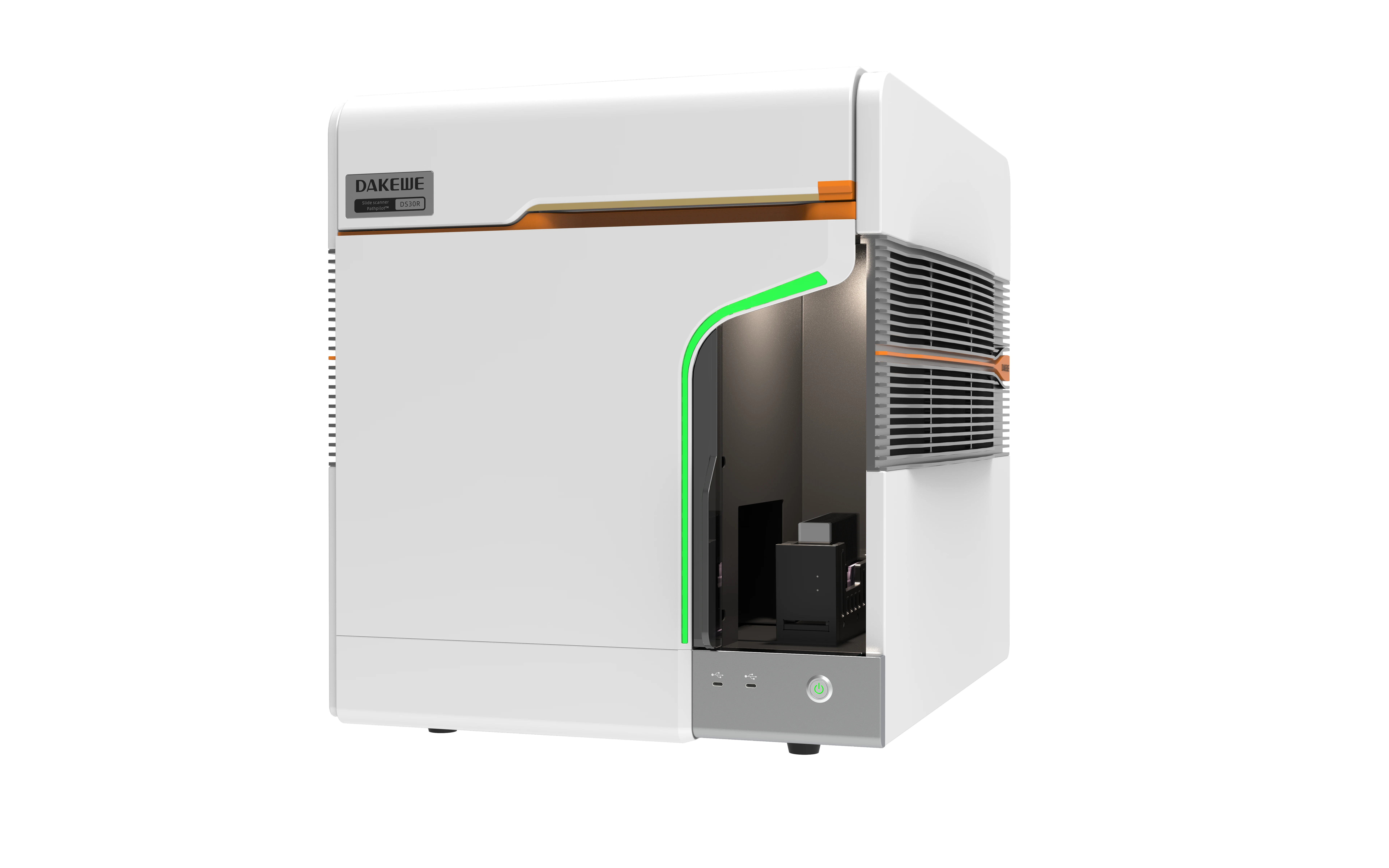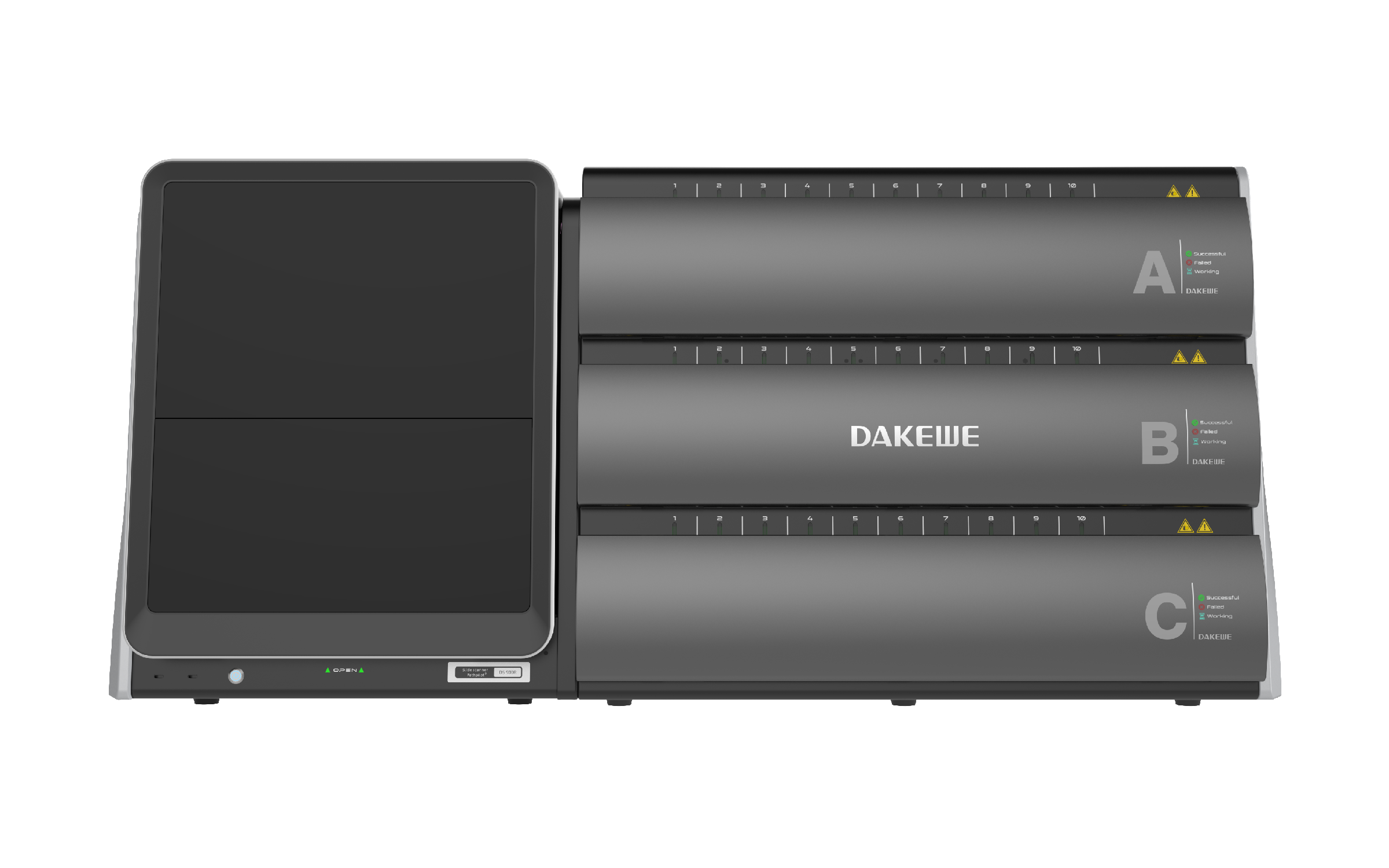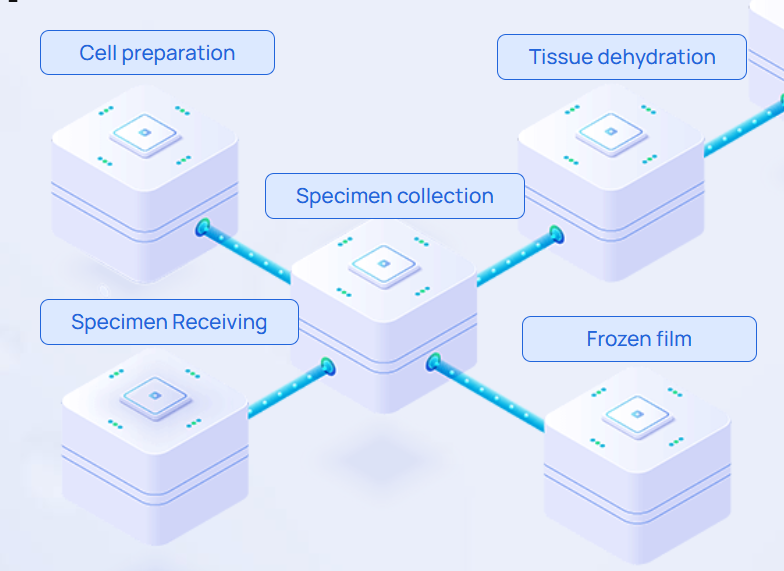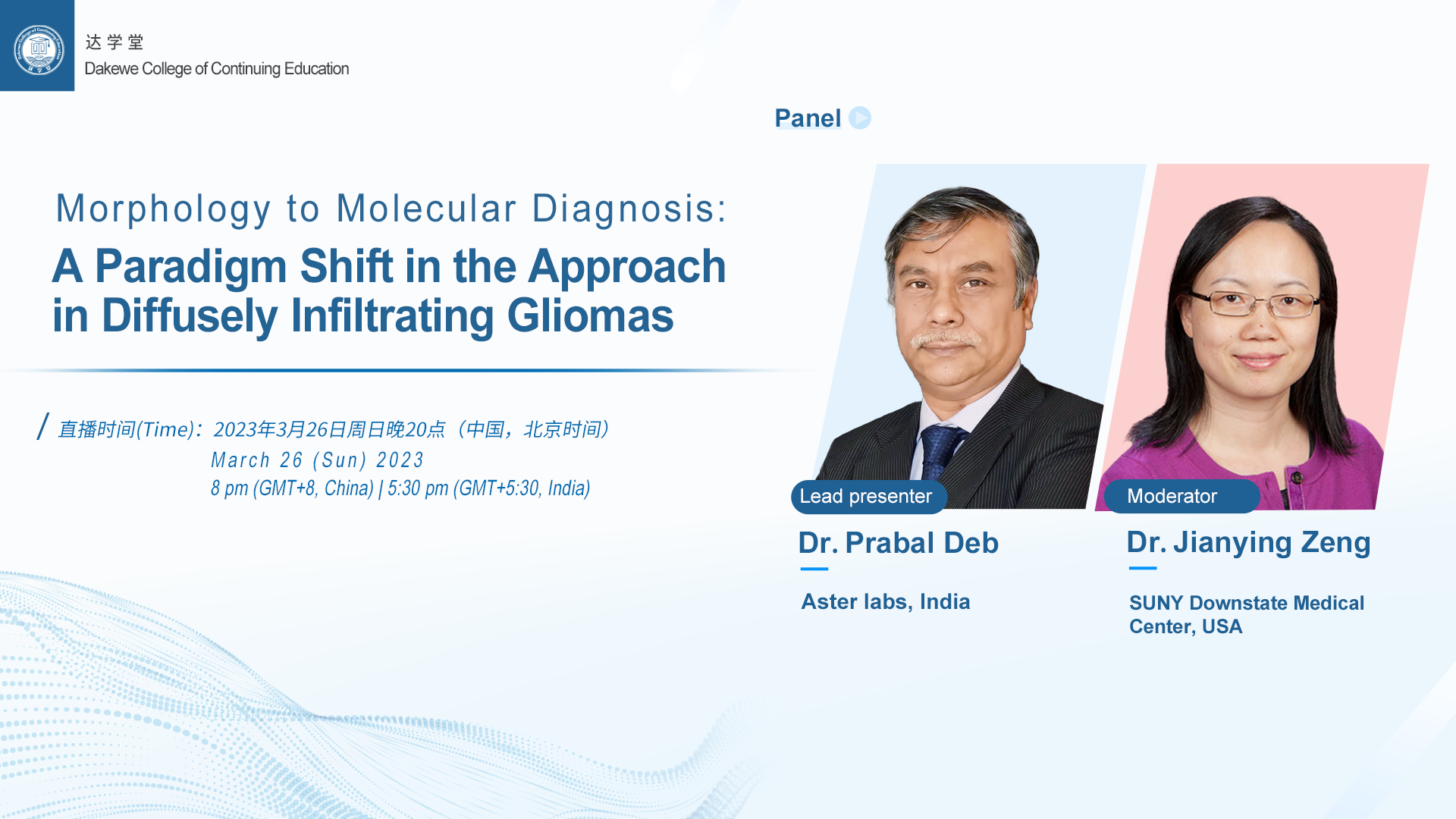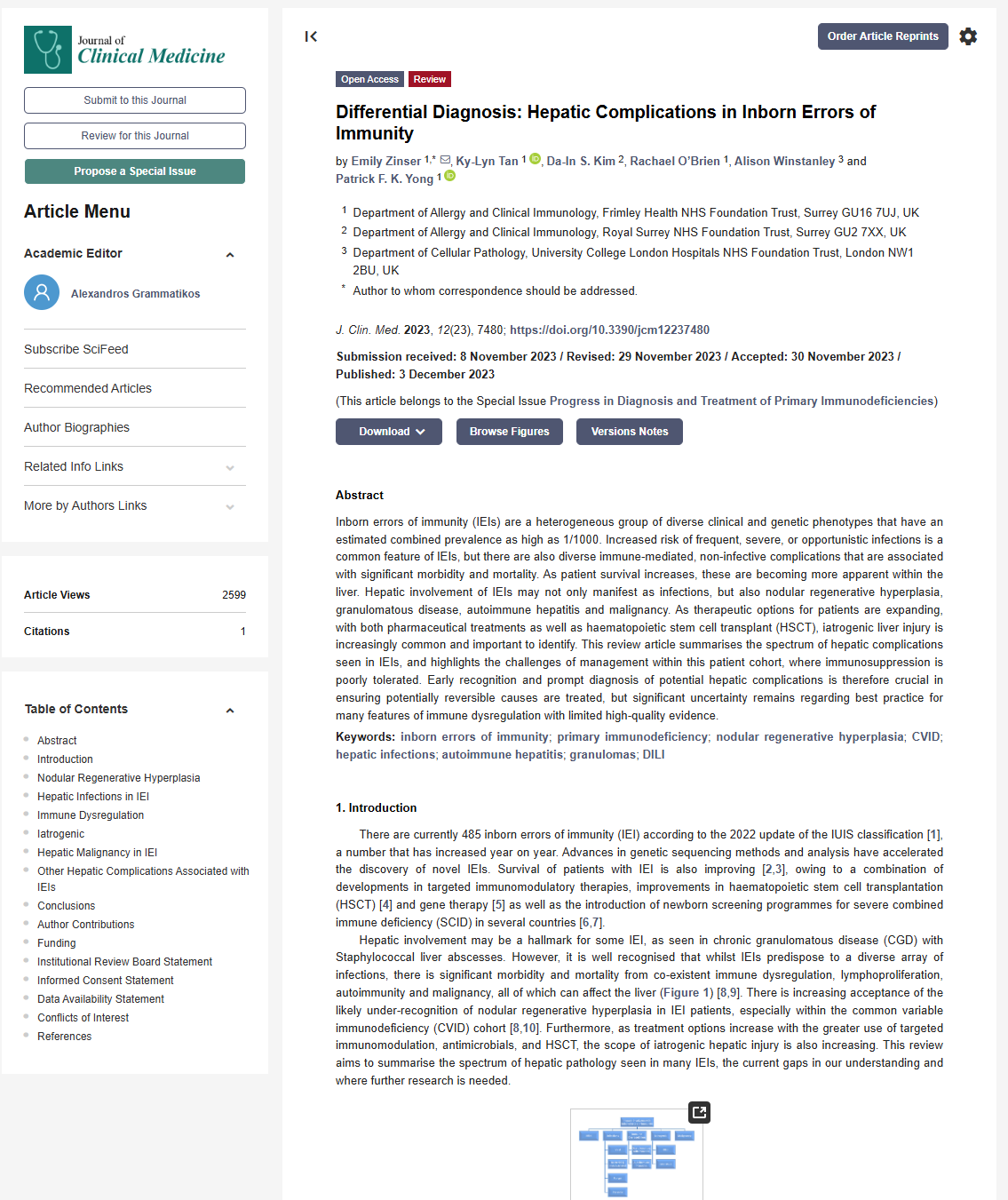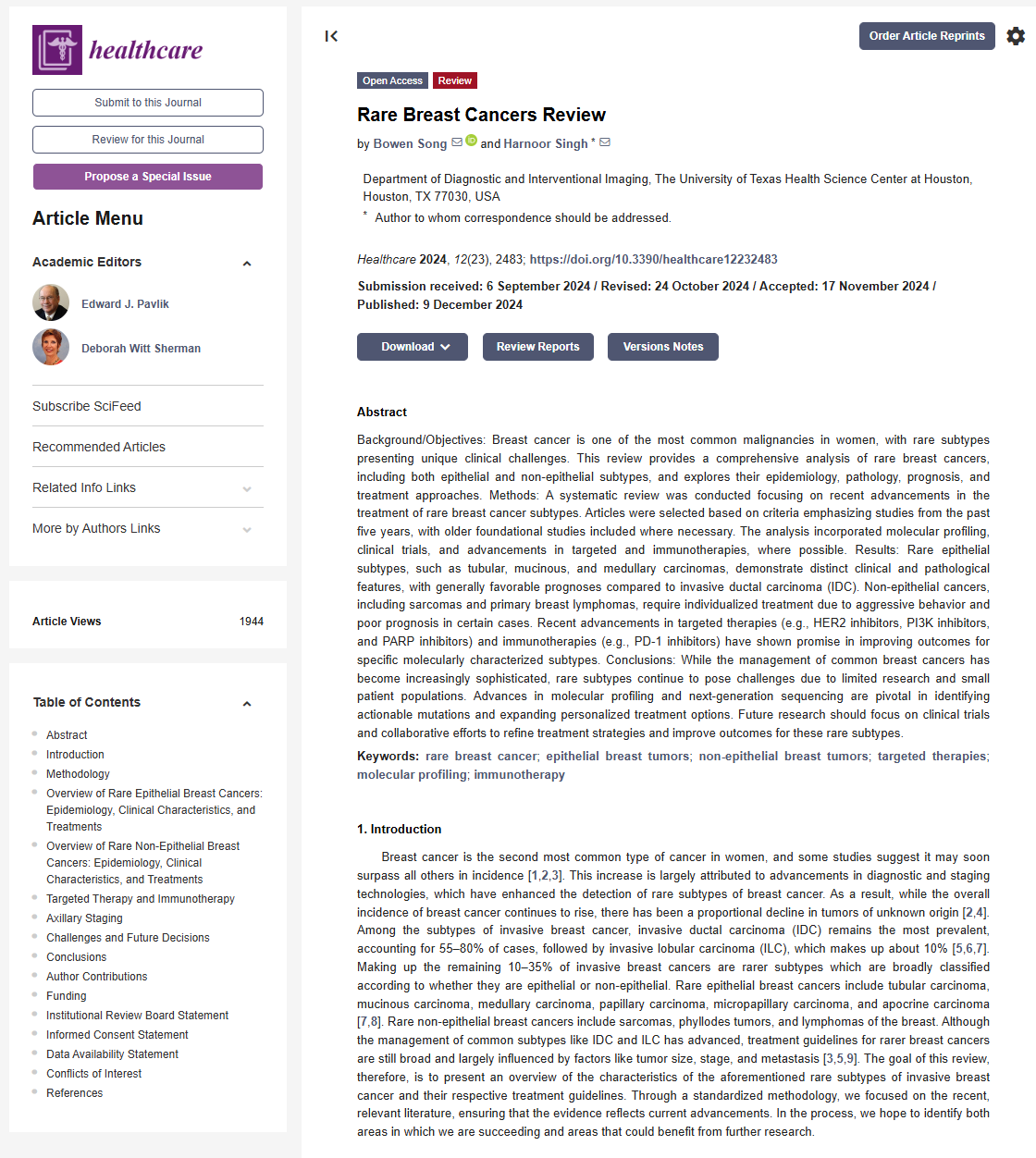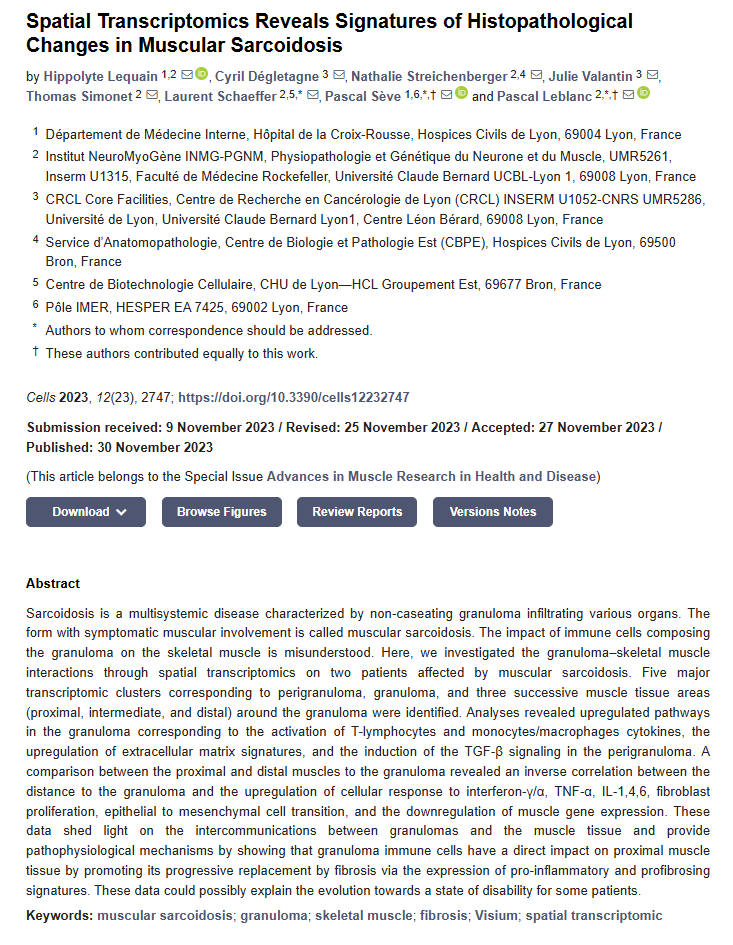E-Learning

Courses & Webinars
Publications
Differential Diagnosis: Hepatic Complications in Inborn Errors of Immunity
Inborn errors of immunity (IEIs) are a heterogeneous group of diverse clinical and genetic phenotypes that have an estimated combined prevalence as high as 1/1000. Increased risk of frequent, severe, or opportunistic infections is a common feature of IEIs, but there are also diverse immune-mediated, non-infective complications that are associated with significant morbidity and mortality.
Rare Breast Cancers Review
Background/Objectives: Breast cancer is one of the most common malignancies in women, with rare subtypes presenting unique clinical challenges. This review provides a comprehensive analysis of rare breast cancers, including both epithelial and non-epithelial subtypes, and explores their epidemiology, pathology, prognosis, and treatment approaches. Methods: A systematic review was conducted focusing on recent advancements in the treatment of rare breast cancer subtypes. Articles were selected based on criteria emphasizing studies from the past five years, with older foundational studies included where necessary.
Spatial Transcriptomics Reveals Signatures of Histopathological Changes in Muscular Sarcoidosis
Sarcoidosis is a multisystemic disease characterized by non-caseating granuloma infiltrating various organs. The form with symptomatic muscular involvement is called muscular sarcoidosis. The impact of immune cells composing the granuloma on the skeletal muscle is misunderstood. Here, we investigated the granuloma–skeletal muscle interactions through spatial transcriptomics on two patients affected by muscular sarcoidosis. Five major transcriptomic clusters corresponding to perigranuloma, granuloma, and three successive muscle tissue areas (proximal, intermediate, and distal) around the granuloma were identified. Analyses revealed upregulated pathways in the granuloma corresponding to the activation of T-lymphocytes and monocytes/macrophages cytokines, the upregulation of extracellular matrix signatures, and the induction of the TGF-β signaling in the perigranuloma.






